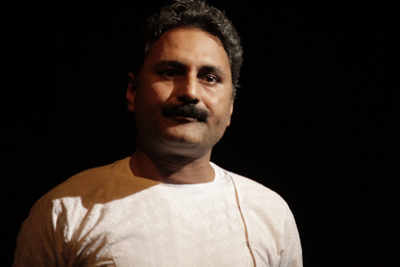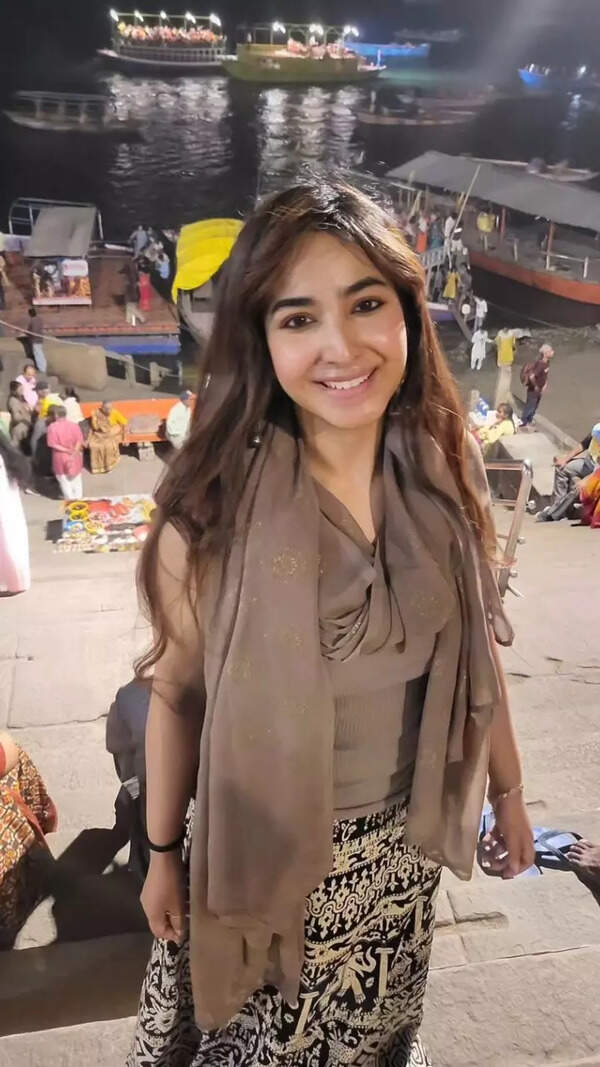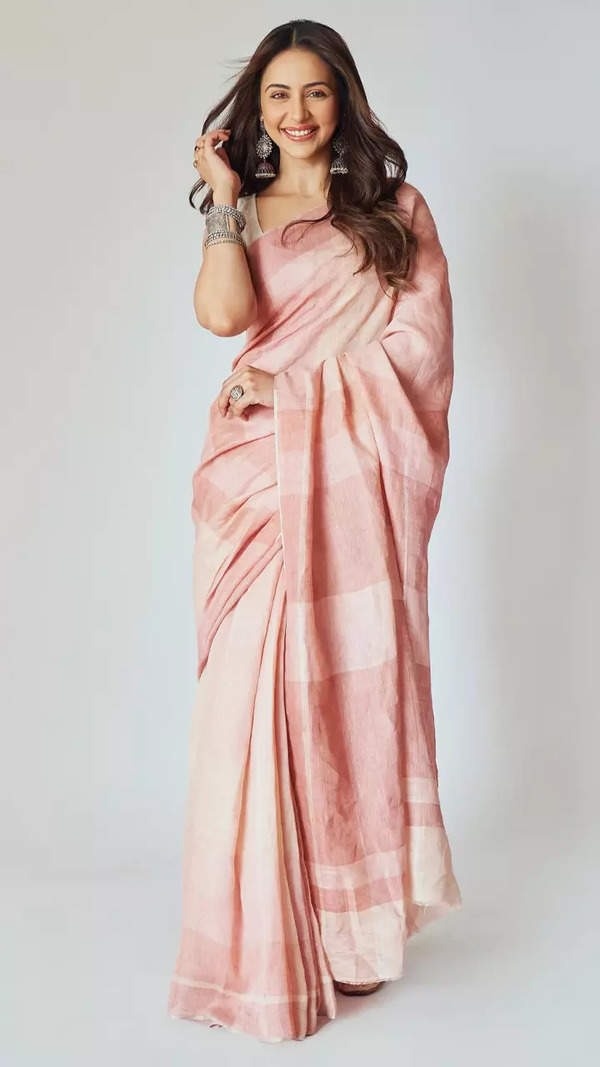- News
- entertainment
- hindi
- bollywood
- Mahmood Farooqui: He revived lost Urdu art, made it popular
Trending
This story is from June 22, 2015
Mahmood Farooqui: He revived lost Urdu art, made it popular
A decade ago, Mahmood Farooqui ventured on a mission to revive the 16th Century art of storytelling -- Dastangoi -- which was considered almost extinct.

A decade ago, Mahmood Farooqui ventured on a mission to revive the 16th Century art of storytelling -- Dastangoi -- which was considered almost extinct. The last Dastango had died in the 1920s and people had almost forgotten how a dastaan (tale) was narrated.
After the efforts made by the Peepli Live co-director, the dying Urdu art has started gaining a foothold and the oral storytelling performances are held regularly across the country.
At least 200 such shows, either starring Farooqui or directed by him, are scheduled over the next six months. Over the last several years, Farooqui has held numerous shows in the capital, including performances for Aga Khan Trust for Culture in Apni Basti Mela in Nizamuddin. He also hosted numerous performances for Intach, ICCR and other organizations, as well as private shows to spread awareness of Dastangoi in Delhi.
READ: 'Peepli Live' co-director Mahmood Farooqui arrested on rape charges
He had once told this correspondent that he planned to train Dastangos in every major city of India and spread the joy to even small villages and towns. In 2006, Farooqui and Danish Husain stepped on stage as a Dastango pair for the first time. The duo has been acclaimed for numerous performances, which include both traditional tales as well as contemporary stories.
Known mostly as a historian and writer, Farooqui has authored a book on the Revolt of 1857 called Besieged: Voices From Delhi 1857, and he was also a researcher for William Dalrymple's book White Mughals.
For latest Bollywood updates follow us on Twitter >>>@TOIEntertain
According to historians, one of the earliest references to Dastangoi in print is the 19th Century Dastan-e-Amir Hamza containing 46 volumes of the adventures of Prophet Muhammad's uncle. Mentioned first in the Deccan courts, the story reached its artistic apogee in the court of Emperor Akbar.
For latest Bollywood updates follow us on G+ >>> The Times of India Entertainment
By then, specialized storytellers called Dastangos had emerged. Akbar himself heard the narrative with great relish and also used to recite it himself.
LISTEN: Songs of Peepli Live on Gaana.com
WATCH: Anusha Rizvi goes from shooting suicide to suspense -TOI
After the efforts made by the Peepli Live co-director, the dying Urdu art has started gaining a foothold and the oral storytelling performances are held regularly across the country.
At least 200 such shows, either starring Farooqui or directed by him, are scheduled over the next six months. Over the last several years, Farooqui has held numerous shows in the capital, including performances for Aga Khan Trust for Culture in Apni Basti Mela in Nizamuddin. He also hosted numerous performances for Intach, ICCR and other organizations, as well as private shows to spread awareness of Dastangoi in Delhi.
READ: 'Peepli Live' co-director Mahmood Farooqui arrested on rape charges
Constantly travelling across the country, Farooqui's friends said he is extremely passionate about the art form and nurturing new dastangos so that the tradition of Urdu storytelling is passed on to future generations. Many youths from Nizamuddin have been trained by Farooqui and given performances for schoolchildren, bringing alive stories related to the Greater Nizamuddin area of the noted 14th Century poet,
Amir Khusrau.
He had once told this correspondent that he planned to train Dastangos in every major city of India and spread the joy to even small villages and towns. In 2006, Farooqui and Danish Husain stepped on stage as a Dastango pair for the first time. The duo has been acclaimed for numerous performances, which include both traditional tales as well as contemporary stories.
Known mostly as a historian and writer, Farooqui has authored a book on the Revolt of 1857 called Besieged: Voices From Delhi 1857, and he was also a researcher for William Dalrymple's book White Mughals.
For latest Bollywood updates follow us on Twitter >>>@TOIEntertain
According to historians, one of the earliest references to Dastangoi in print is the 19th Century Dastan-e-Amir Hamza containing 46 volumes of the adventures of Prophet Muhammad's uncle. Mentioned first in the Deccan courts, the story reached its artistic apogee in the court of Emperor Akbar.
For latest Bollywood updates follow us on G+ >>> The Times of India Entertainment
By then, specialized storytellers called Dastangos had emerged. Akbar himself heard the narrative with great relish and also used to recite it himself.
LISTEN: Songs of Peepli Live on Gaana.com
WATCH: Anusha Rizvi goes from shooting suicide to suspense -TOI
End of Article
FOLLOW US ON SOCIAL MEDIA









